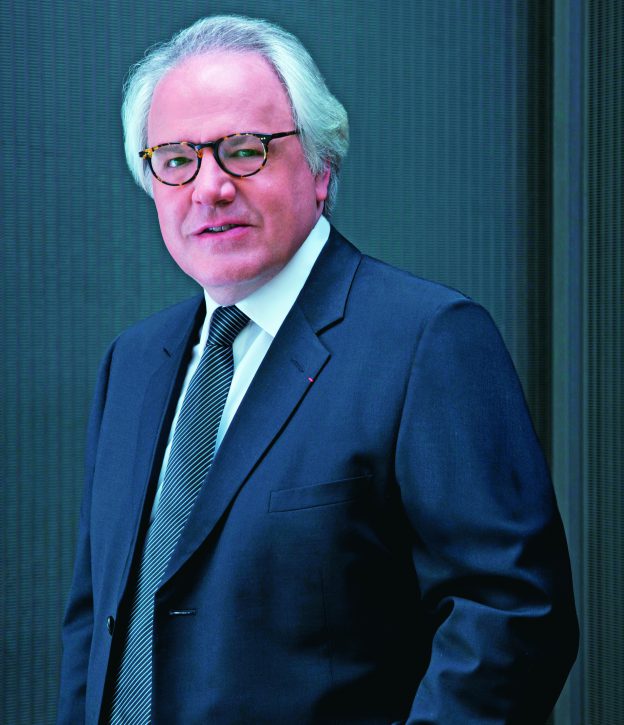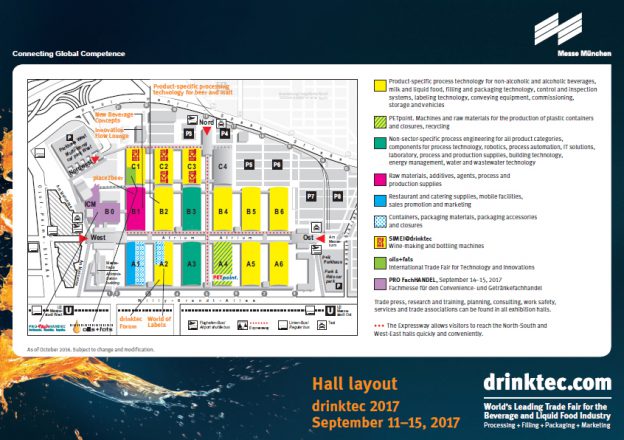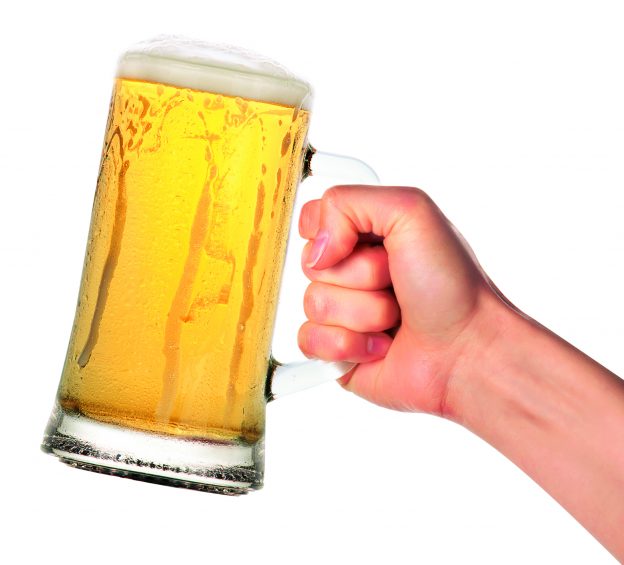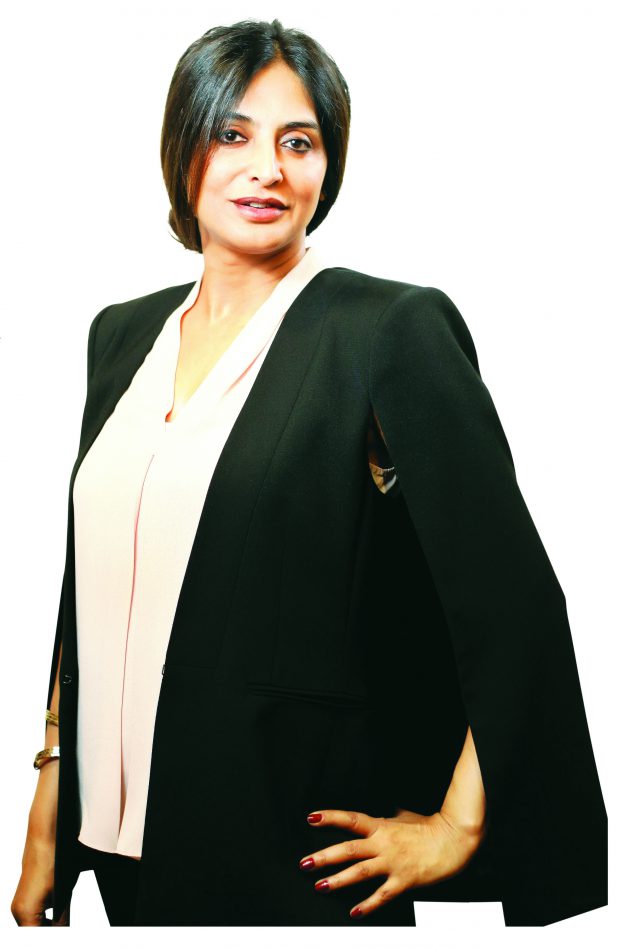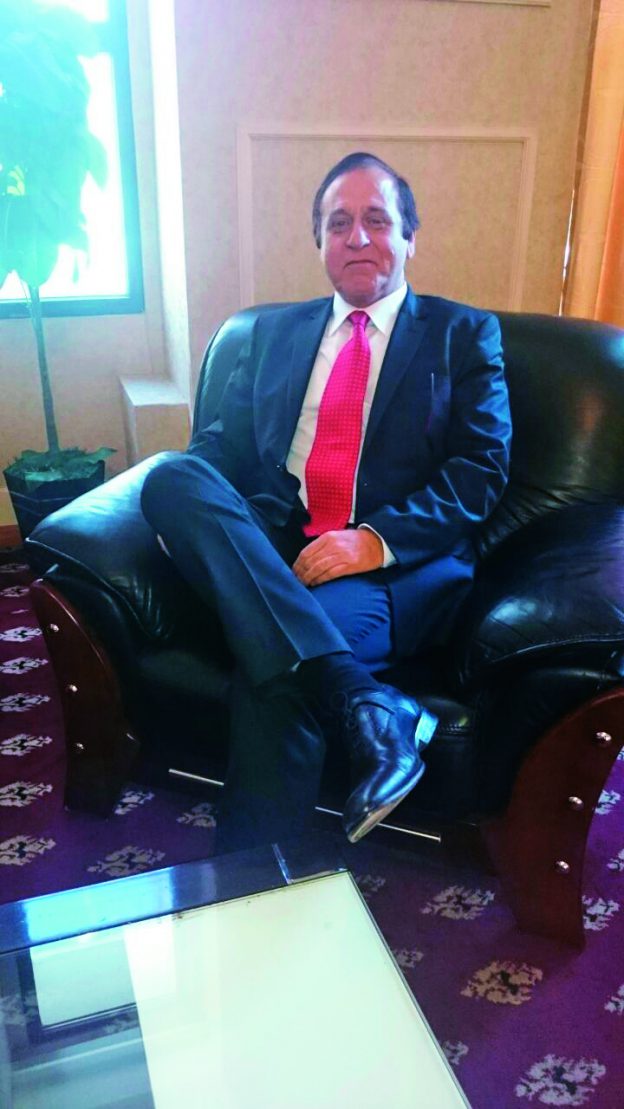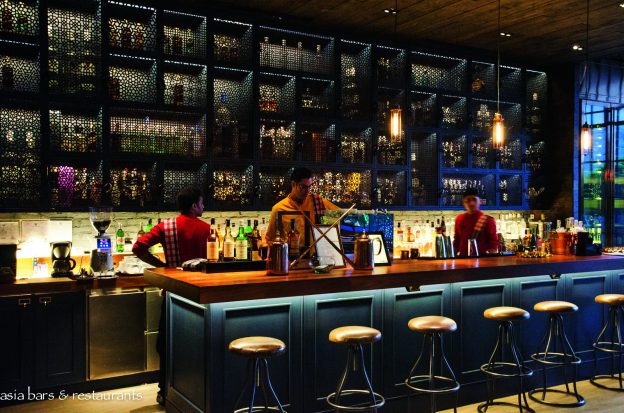The future of wine
In cooperation with Geisenheim University ProWein polled almost 1,500 wine sector experts from 46 countries on international wine markets, marketing trends and the development of wine sales channels. Those polled included wine producers (large and small wine-growing estates, wineries, cooperatives) as well as marketers (speciality retailers, wholesalers, importers/exporters, hotels and gastronomy). The combination of different perspectives of the producers on the one hand and the marketers on the other constitutes a unique barometer of opinions for the sector.
How does the sector view its economic situation?
The survey primarily polled sectoral leaders. These rate their current and future economic situation as satisfactory to good. It is interesting to observe that wine producers generally look to the future more optimistically than wine marketers who are in direct contact with end users. While export-oriented producers can try their luck on new export markets marketers have less opportunity to escape the structural changes of wine sales and increasing competition on their domestic markets.
On the producer side independent winemakers look to the future with more optimism than cooperatives and large wineries that find themselves amidst a strong process of concentration.
International and German specialty retailers focused on wine are the least satisfied and look to the future with less optimism than other marketers. This is primarily the expression of on-going structural change affecting wine sales channels where food retail and online channels are gaining importance internationally.
The results also reflect significant differences in mentality among countries of origin. German wine producers and marketers generally look to the future more negatively while producers primarily from Spain and Italy have very positive expectations about the future. Alongside real economic reasons these differences in expectations are sure to also reflect typical “German caution” and “Mediterranean optimism”.
What wine markets are attractive for wine producers now and in future?
The producers polled count more than 40 markets as their top 5 sales markets. Here Germany, the USA, Great Britain, Belgium and Switzerland are most frequently named as the most important sales countries. Currently rated as the most attractive sales markets among producers are Hong Kong, Switzerland, South Korea and the Scandinavian countries. Italy, France, Great Britain, Russia and Brazil are currently perceived as less attractive from the wine producers’ perspective.
What sales markets do producers expect to undergo the greatest rise in economic attractiveness?
The countries primarily named here are Russia, Hong Kong, Poland, South Korea, Brazil and China. In these assessments it becomes clear that export markets outside the traditional European wine countries will in future be of greater importance for wine producers. In addition to geographic distance producers must also overcome the cultural distance to countries that traditionally consume little or no wine and whose marketing structure often differs fundamentally from previous markets.
The lowest improvements are expected for Great Britain, France, Austria, Italy and Belgium. In France and Italy per capita wine consumption is still on a slight decline and on both markets predominantly domestic wine is drunk, which means fewer sales options for wine exporters. The forthcoming Brexit and constant rise in the tax on wine are the main reasons why wine producers rate Great Britain very low in terms of market attractiveness.

Changes in the future are always accompanied by risk. Producers see the greatest risk in market development for Russia, Brazil, China, Great Britain and Hong Kong. The growing levels of wine consumption expected for the Asian and South American markets are accompanied by a series of uncertainties. In addition to possible trade restrictions (Russia) and countries’ different sales structures, it is primarily the uncertainty about economic and legal development that will play a role in the years ahead. For Great Britain the risk primarily concerns the question of whether and how wine imports will be affected by import duties after Brexit and what countries of origin will sign trade deals with Great Britain.
The current and future attractiveness of a market was summarised in the form of a market barometer. By juxtaposing the market barometer and the risk four different market types can be identified (see table). The markets with high attractiveness and low risk in the lower right-hand box include Poland, Australia, Japan, Canada and the Scandinavian countries. These are countries where wine consumption has risen lately or where a coherent local trading structure exists with the monopolies. High attractiveness alongside high risk is the case for Russia, Brazil, China and Hong Kong in the upper right-hand box. Markets with low attractiveness and high risk are Great Britain and Italy.


What new markets do firms want to enter by 2020?
Nine out of ten leading international wine producers plan to extend their exports to new markets by 2020. Among wine exporters from the large European producer countries Italy, Spain and France this proportion stands at almost 100% and in Germany, which exports less, it stands at 55%.
Those countries which producers most often say they wish to extend exports to are the USA, Germany, Great Britain and China (see chart). It is predominantly China, Hong Kong, Russia, Japan, Australia, South Korea and Brazil that are named as new export destinations with the most disproportionate frequency relative to their currently low importance. For European wine producers successfully operating on these geographically and culturally distant markets in Asia and Oceania represents a great challenge over the next few years.

Which wine origins are in demand from marketers?
Two-thirds of international marketers attending ProWein wish to include wines from new countries of origin in their product range. Among German marketers the figure is only one third. Amongst other things this is because the wine range in Germany is already extremely international.
International marketers are most interested in including in their portfolio wines from Germany, Spain, Italy, Portugal and France (see chart). On the other hand, German marketers show the greatest interest in the countries of origin Austria, Portugal, Italy and Germany followed by France, Spain and South Africa. What is surprising here is that Austria and Portugal rank at the top of the list which might reveal some new market trends. Interest in Italy, France and Spain is less surprising as these are the main import countries on the German wine market.

What are the purchasing and sourcing channels of the future?
For marketers’ purchasing channels there is a clear trend towards shortening wine procurement channels. Marketers are clearly striving to increasingly source their wine direct from a small wine-growing estate or to a lesser extent directly from a large winery (see chart). By comparison, procurement via sales agents (importers, distributors, wholesalers or wine agencies) will decline considerably among marketers by 2020. This means for sales agents more difficult times lie ahead, which are in part already being indicated in their somewhat less optimistic outlook on the future. Small wine-growing estates, on the other hand, will need to rise to new challenges of coping, administratively and logistically, with the increasing direct enquiries from marketers.
Via what sales channels will wine reach end consumers in future?
Producers whose main sales market is Germany currently value speciality wine retail, gastronomy and ex-cellar sales as their most important sales channels. For the future, departing from the current low basis, a strong increase in online sales via wineries’ own online stores and external online retailers as well as food retailers is expected. For speciality wine retail, on the other hand, another stronger decline is expected which is less pronounced for gastronomy (see chart).
In the USA very similar trends can be observed concerning increased wine sales online and via food retailers and a decline in wine merchants/speciality wine retail. Unlike in Germany, where ex-cellar sales from small wine-growing estates are considered stable, this trend is anticipated to rise strongly in the US. This specific development reflects two current trends in the US: the number of small wine-growing estates is currently growing at a rate of 4% and “direct-to-consumer” sales from winemakers to end consumers is booming with double-digit growth rates.
How will wine be successfully marketed in future?
In the wine world competition between marketing via a wine’s origin (also terroir) or its brand has taken off. Who will be seen as the winner in future? The majority of both marketers and producers agree that in future wine will be marketed most successfully via its origin.
Surprisingly, the significance of the brand will in future be greater from the producers’ perspective than it is from the marketer’s. Among wine producers there are great differences. Firstly, the Mediterranean countries France, Italy and Spain focus much more on origin while in Germany the personality of the winemaker plays a greater role in marketing. Secondly, it is not surprising that winemakers focus more strongly on personality than cooperatives or large wineries.
Verdict
The verdict we can draw is that the wine sector is facing changes that are also reflected in the different future outlooks of the various market participants. Producers are increasingly looking to new distant wine markets and marketers are facing structural changes in the sale of wine where primarily sales via traditional wine merchants will decline. By contrast, purchasing wine via food retail and online will continue to rise. The wine trade between producers and marketers will change and supply chains will become even shorter as wine will be ordered direct from the producer. It will be interesting to see how this development unfolds over the next few years.
The study was conducted on behalf of ProWein by Geisenheim University’s Department of Business Administration and Market Research headed by Prof. Dr. Simone Loose and Heinz Küsters, Director of Market Research at Messe Düsseldorf, and their teams. ProWein and Geisenheim University also look forward to successfully continuing the ProWein Business Report in the coming years. This will provide the opportunity to check whether current expectations prove correct in future and see what currently unexpected changes will arise. In addition to providing long-term analysis of an international trend barometer, special interesting annual themes will be incorporated into the survey questionnaires. We thank survey participants and hope to also see continued avid participation among wine producers and marketers.

